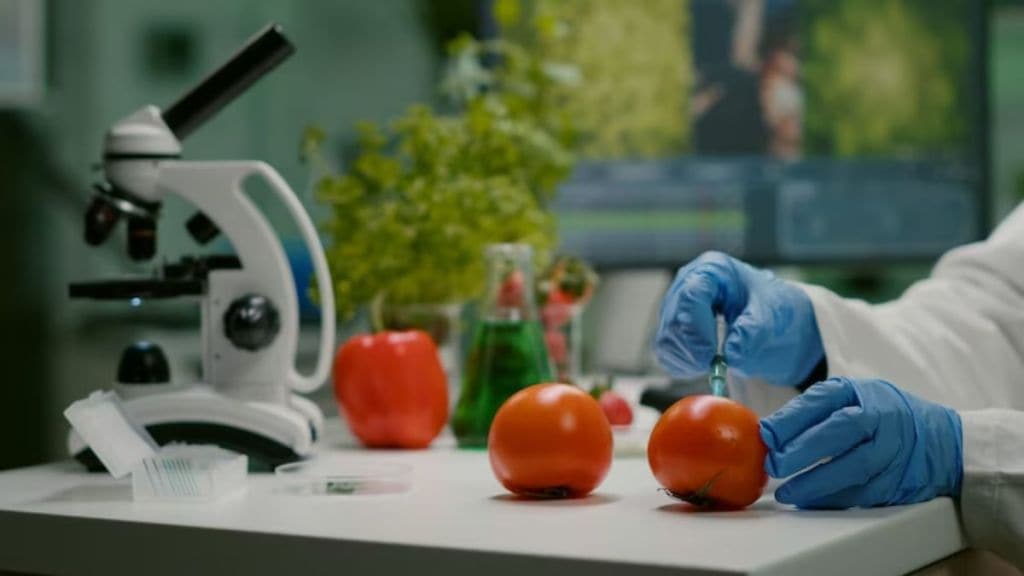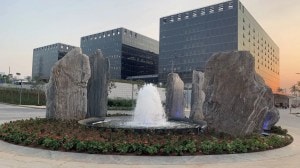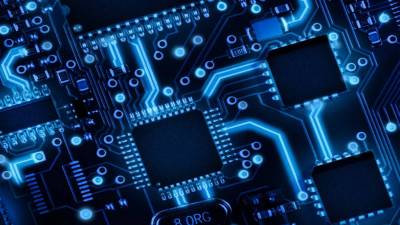By Sashi Somavarapu
The intersection of emerging technologies and the food industry is reshaping how we produce, prepare, and experience our meals. From integrating smart appliances in our kitchens to augmented reality for immersive dining experiences, and robotics for automated food preparation, the future of food tech holds an exciting promise. Let’s dive deeper into how new-age technologies will change the face of food and its delivery, reshaping our interactions with them.
Personalized Food Delivery
Just like streaming platforms use data to know what viewers want to watch, personalised food delivery services could also anticipate people’s dietary needs. According to ‘Snack to the Future: 2040’ report by Deliveroo and Avansere, the term ‘Me-gan diet’ or ‘Me-ganism’ was used to describe how AI will help customers receive fully tailored meals based on their individual mental, physical, social and environmental needs and goals. The report also highlights how a future concept called ‘Breathprints’ could provide deeper levels of insight into one’s diet preferences and needs just by breathing into the device!
It’s a way of looking at food beyond just taste preferences.
For example, imagine a scenario where someone is working on a tight deadline and experiencing high stress levels. The AI algorithms and ‘BreathTech’ would recognize this situation and recommend meals that are not only nutritionally balanced but also contain ingredients known to alleviate stress and promote mental clarity. Alternatively, if an individual is training for a marathon, the AI could suggest meals rich in protein, carbohydrates, and essential nutrients to fuel their workouts and aid recovery.
The evolution of AI technology heralds a new era of personalised dietary experiences. People can have their very own AI companion, a lifelong digital confidante, orchestrating their culinary journey based on real-time preferences and needs. This personal AI, a digital extension of people’s consciousness, continuously absorbs insights from experiences, enabling it to refine and curate dietary choices.
Robotic Chefs & Smart Kitchens
The incorporation of robotics and automation in food preparation is transforming the way dishes are made and served, whether in commercial or home kitchens. Robots and smart equipment can handle repetitive tasks, such as chopping, slicing, and mixing ingredients, with precision and consistency that human hands may struggle to achieve.
In commercial kitchens, robotic arms can work alongside chefs, expediting the cooking process without compromising quality. Therefore, driving delivery efficiency, reducing wait times for customers and allowing the restaurant to serve more customers. In addition, Robotics and automation are contributing to increased food safety by minimising human contact during food preparation, reducing the risk of contamination.
By harnessing the power of AI and smart kitchen devices, it could be possible to create a well-optimised meal plan and aid people in selecting the appropriate ingredients and dishes from food delivery Apps offering a blend of convenience and tailored experiences in everyday culinary routines.
3D Printed Food
3D food printing is a revolutionary technology that has the potential to transform the way we prepare and consume food. By layering edible materials and ingredients, 3D printers can create a customised food item with specific texture and shape. As 3D food printing continues to advance, imagine being able to create your own 3D printed meal and have it delivered to your place? Or being able to 3D print a food item that’s scarce? Scientists at Columbia University have created a seven-ingredient vegan cheesecake that was assembled entirely by a 3D-printing machine using edible food ink from graham crackers, peanut butter, Nutella, banana puree, strawberry jam, cherry drizzle and strawberry frosting; and then cooked using laser technology as the food is printed. The heat the lasers provide changes the paste to solid.
The Food Metaverse
The virtual and augmented reality market is predicted to grow from £19 billion in 2021 to £350 billion by 2030. In food delivery, this means the metaverse has the potential to change how we dine together with others. As this digital world develops, it could transform how we share meals, even when we’re far apart. People can enjoy meals in unique settings, like a floating city, a virtual fireplace, kitchen, restaurant, or back home with your loved ones. This could bring a whole new level of connection and fun to eating together.
Imagine a family living in different places. They use a food delivery app to order their favourite meals. When the food arrives, they put on their AR glasses and enter a metaverse virtual dining room where their avatars can sit, eat, chat and have a live family meal together. That’s the future of Food in the Metaverse.
Looking Ahead: A Dynamic Future
According to a Statista 2022 report, the global meal delivery market is set to continue to grow from £278 million in 2023 to £784 million in 2040. And as we navigate this dynamic fusion of technology and gastronomy, the possibilities for personalised, efficient, and immersive culinary encounters are boundless.
With many new and exciting opportunities to have personalised meals, eat anywhere, anytime and with anyone, the future of meal delivery is most certainly going to be a transformative space.
From personalised food delivery driven by AI insights, to the rise of robotic chefs and smart kitchens streamlining food preparation, and the advent of 3D printed food enabling unprecedented creativity and efficiency, the future of the food industry is both promising and transformative.
The author is vice president – engineering, Deliveroo









